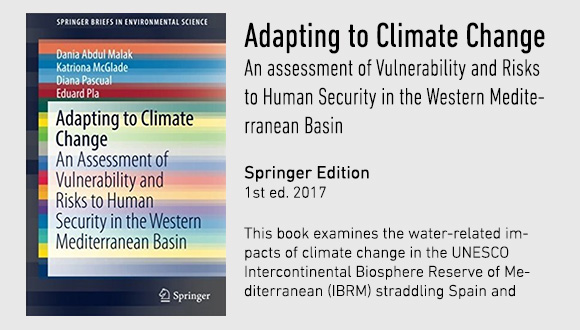The Roots of Heaven: Literature and Ecology
Environmentalsim and literature in a book, then filmed for the big screen, by Romain Gary.
Environmentalsim and literature in a book, then filmed for the big screen, by Romain Gary.
The book, available in English, focuses on the nature reserve shared between southern Spain and northern Morocco. In particular, it values the impacts of climate change on the availability of water from an ecological, socio-economic and political point of view.

The COP21 set the maximum temperature increase for 2100 at 1.5° C. The only scenario which would allow achievement of this goal would require vastly reducing human CO2 emissions, significantly increasing the prominence of renewable energies, and the use of some type of artificial carbon sequestration technology.
Enrique Doblas is part of a European interest group on climate change adaptation in the forestry sector. CREAF’s knowledge and innovations will be taken into account when planning solutions to fight climate change.

Life on Earth barely extends over its surface. But organisms have been able to transform its climate for millions of years. Now, humans seem to reach it again in a record time.
![]()
To Joan.
Cut leaves, collect mud, make a cellophane-type material – bees make sophisticated nests in thousands of different ways, improving their competitiveness as well as protecting them from enemies, including other bees. CREAF researcher Carlos Hernández-Castellano introduces us to this remarkable world.
A study led by Daniel Sol, CISC researcher based at CREAF, shows that cities preserve 450 million years less evolutionary history compared to natural environments. Birds capable of surviving in highly urbanized environments have undergone recent evolution. The arrival of exotic species does not compensate for poor urban evolutionary diversity.
Jaume Terradas explains in this post how the discipline began in our country, and the capital role that some people played on it, such as Ramon Margalef and a group of young Catalan ecologists.
Some populations of the edible dormouse have become isolated due to destruction or severe alteration of their habitat. A recent study by CREAF and the Granollers Natural Science Museum shows that litters from isolated groups have more males than females since the males are the more exploratory sex charged with finding new territories.

